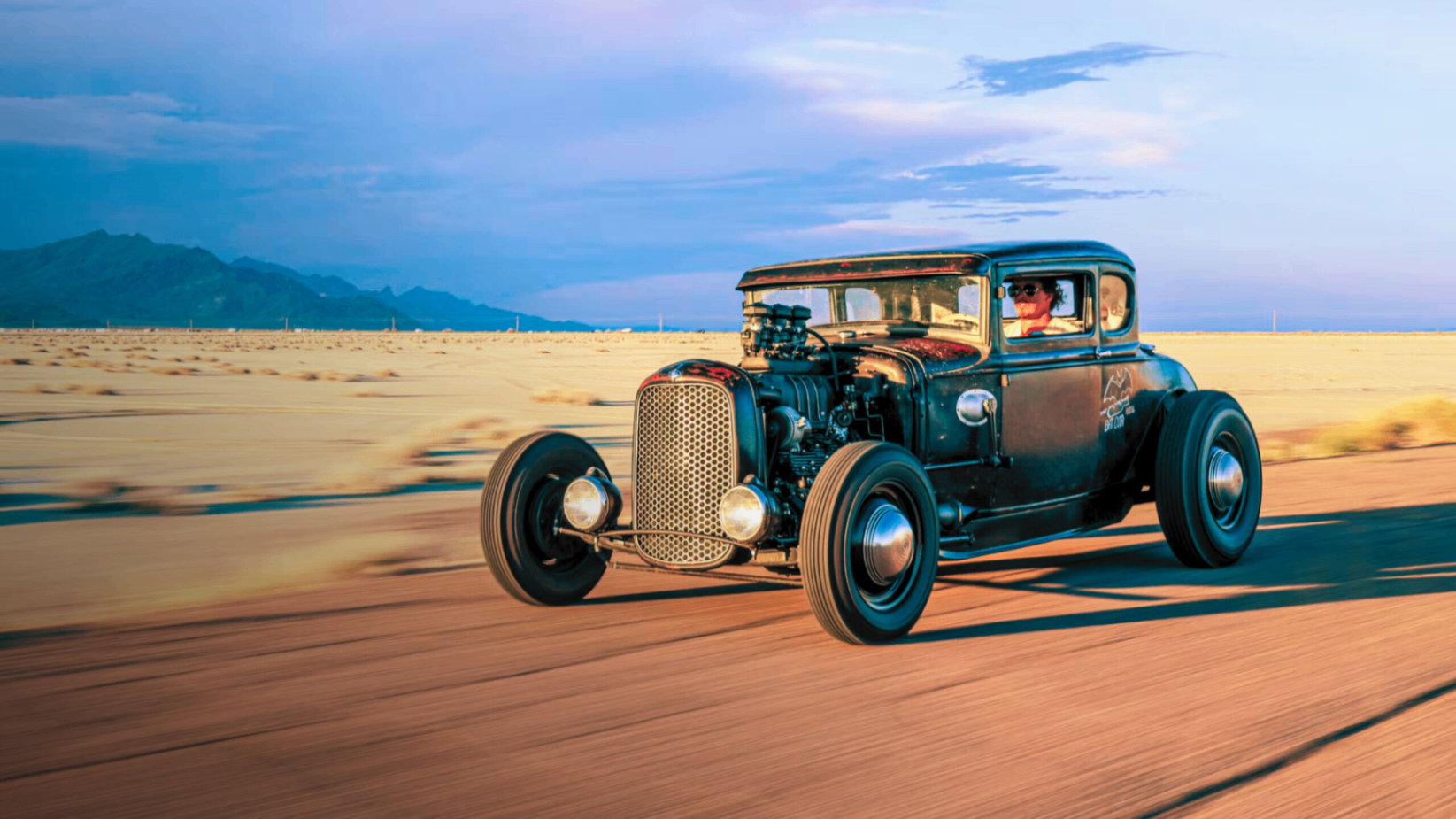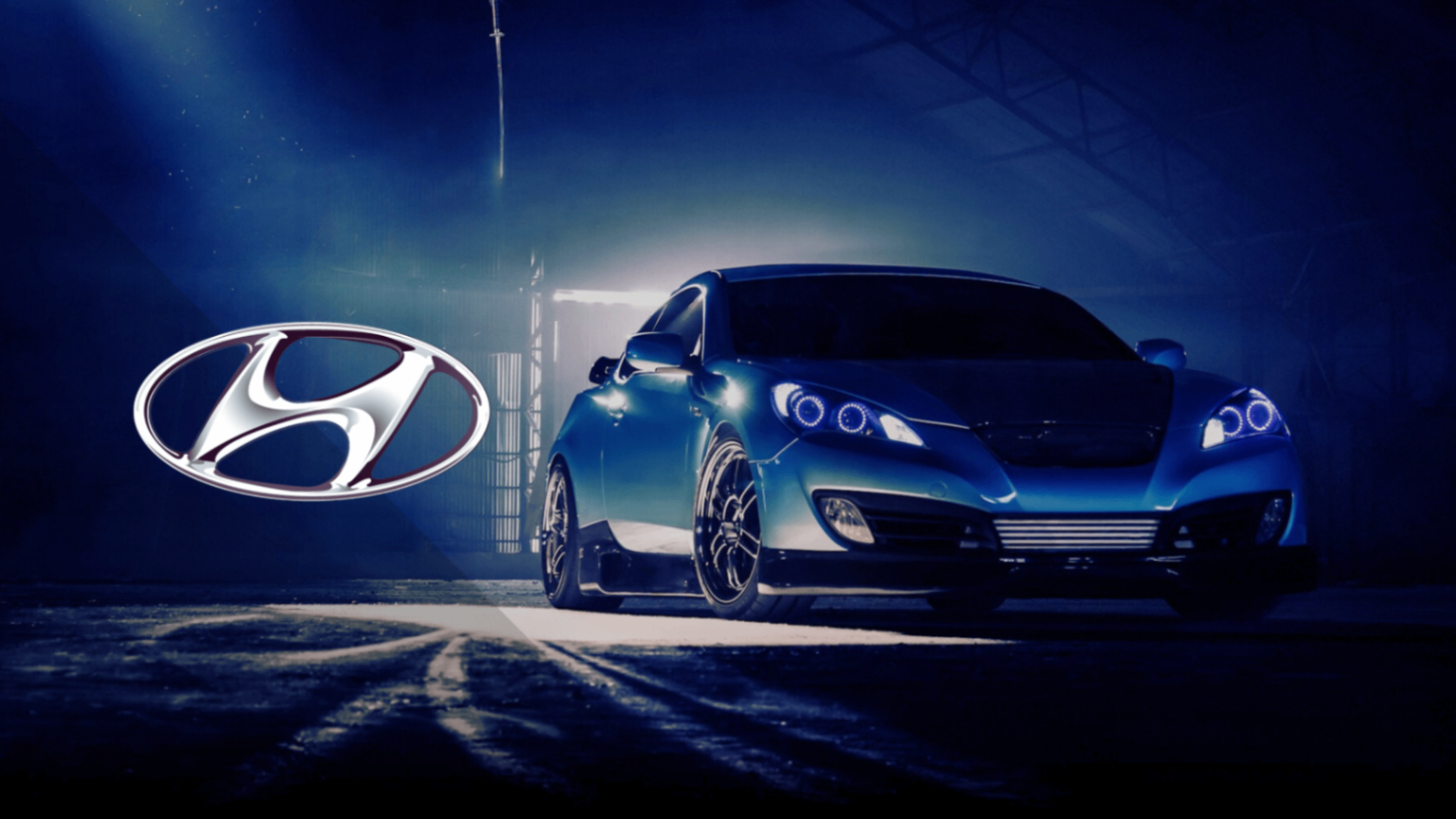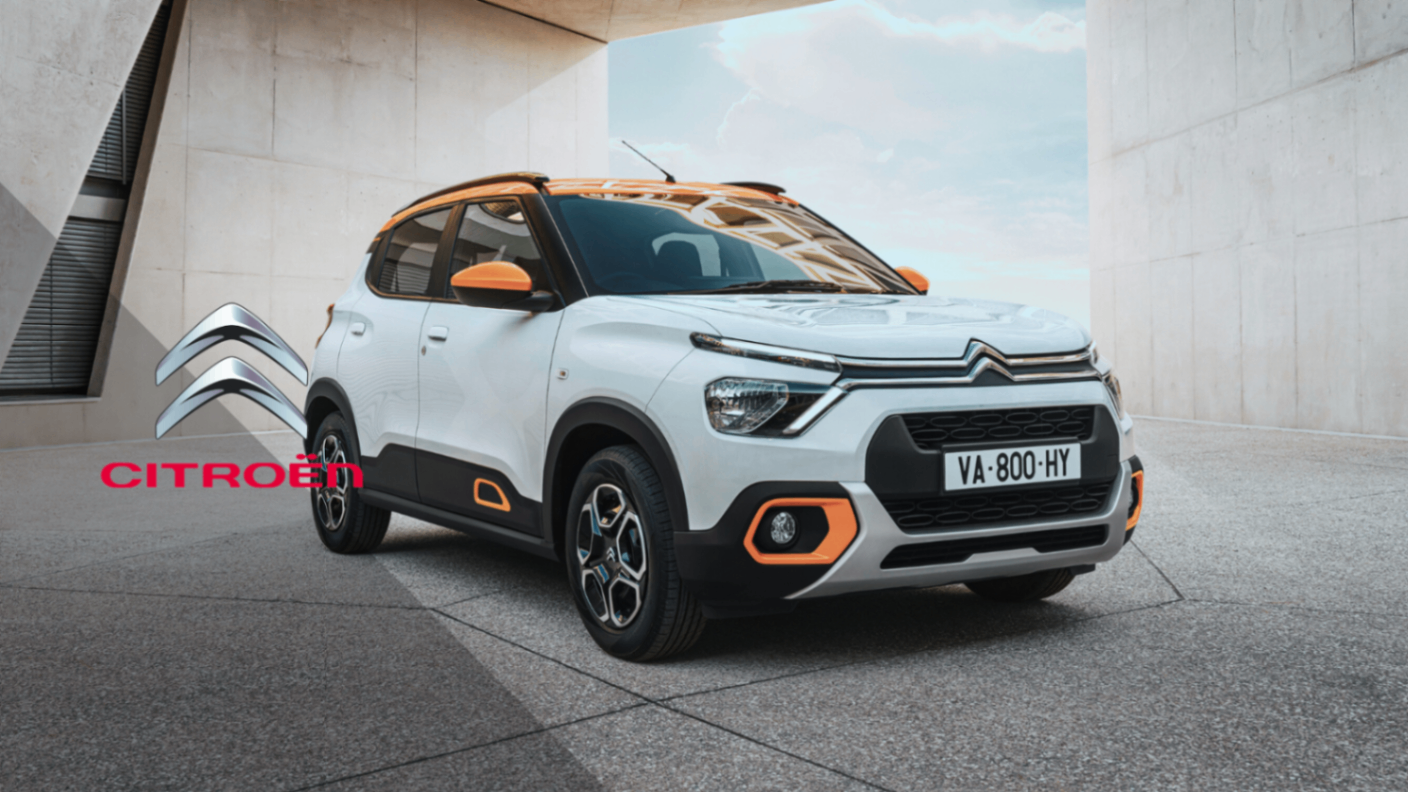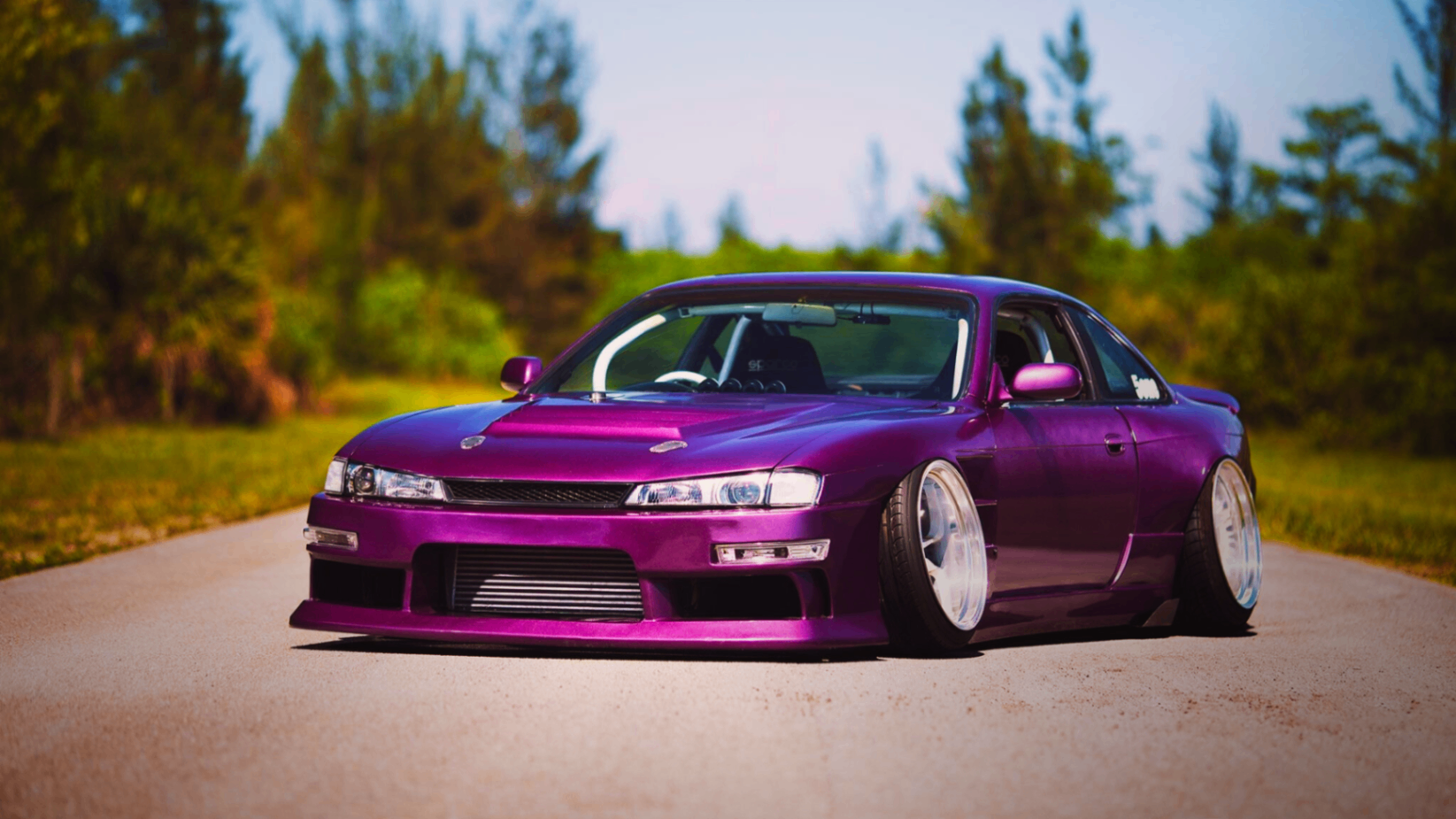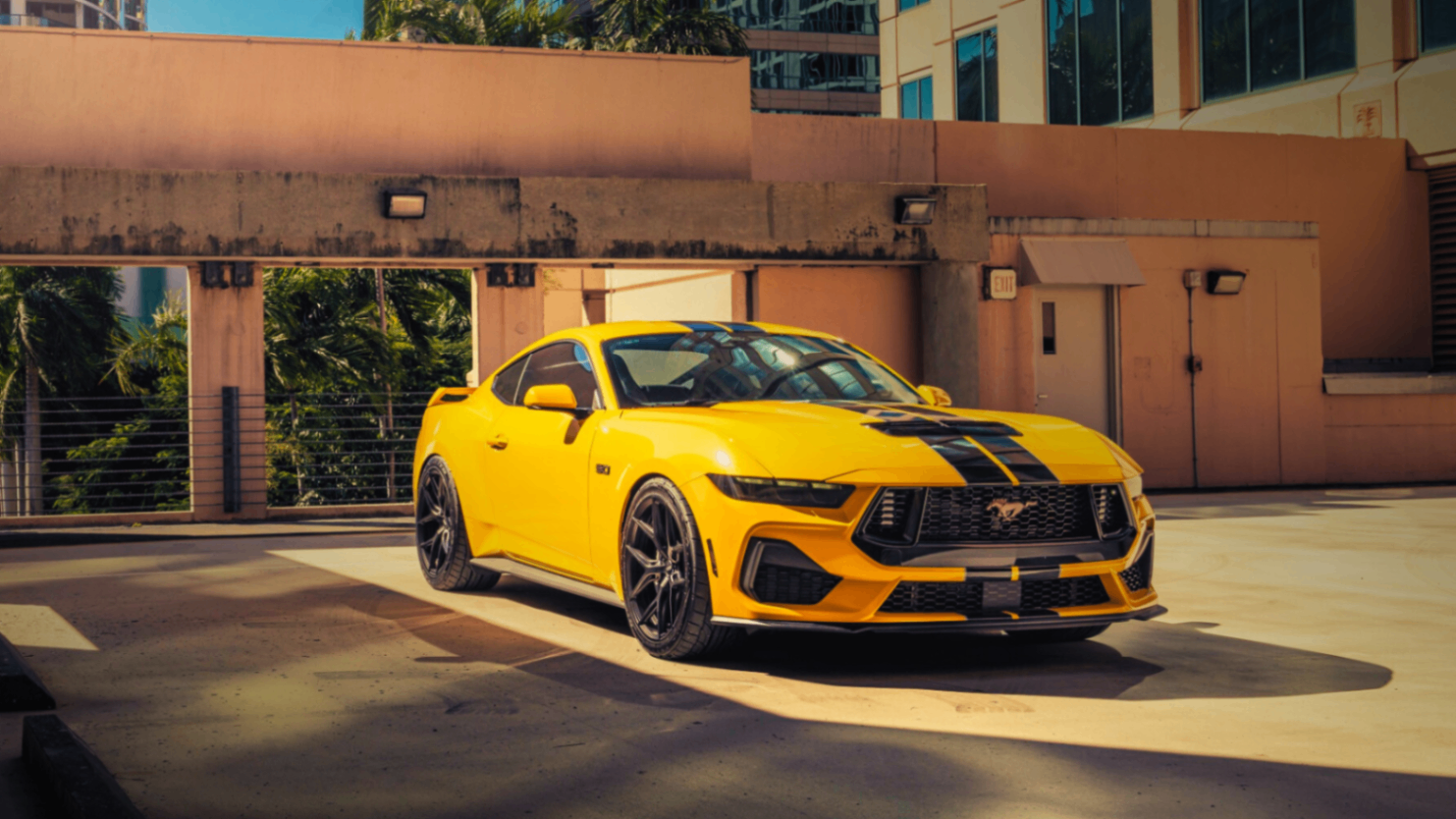
Welcome! In this special series, we'll dive into the exciting world of car tuning, exploring the most iconic and fascinating styles from around the globe. In our first episode, we'll take a look at a true tuning classic: the Hot Rod. A style that has defined generations. Join us and discover why Hot Rods are an icon of automotive tuning!
History and Origins
The imposing style of Hot Rods has its roots in 1930s and 1940s California, a time when young people sought new ways to have fun and showcase their style through automobiles. The first Hot Rods were old cars, mainly Ford models from the 1920s and 1930s, which young people began to modify to increase their speed and performance.
You can learn more about Ford here: Hated working on the farm and created Ford | History of Ford
These enthusiasts removed unnecessary parts from the car to reduce weight and improved the engine for more power. The result was lighter, faster cars, perfect for street racing. The dry lake beds and salt flats of California became the ideal grounds for these races. Enthusiasts would gather to compete and show off their modified cars, and thus a vibrant and passionate subculture was born.
World War II had a significant impact on the development of Hot Rods. During the war, many young men learned mechanical and engineering skills while serving in the military. After the war, they returned home with new knowledge and began applying it to their cars.
Learn more about: The other side of Porsche: Cars and weaponry in Nazi Germany
With all this momentum, the SCTA (Southern California Timing Association) was created, an organization that played a crucial role in legitimizing and popularizing Hot Rodding. They established rules and safety standards, which helped make racing safer and more professional.
Then, during the 1950s, the popularity of Hot Rods grew exponentially. The country's economy was booming, which meant more young people had money to invest in their cars. Additionally, car culture became a central part of American life, with the rise of "car meets" and car clubs. Automotive magazines like "Hot Rod Magazine" featured the latest advancements, tuning techniques, and stories of the most impressive cars and their owners.
Over time, Hot Rods evolved in terms of design and technology. While the first Hot Rods were more rudimentary, subsequent models began to incorporate more stylized bodies and detailed finishes.

Key Features
Early Hot Rodders often used Ford V8 engines, but over time, any engine that could offer more power and performance was welcome. Most modern Hot Rods utilize large-displacement engines, often supercharged or with nitrous injection systems, to maximize speed and acceleration.
The body of a Hot Rod is another crucial feature. Enthusiasts typically modify old cars, primarily from the 1920s and 1930s, such as the Ford Model T and Model A. These bodies are chopped, channeled, and modified to reduce weight and improve aerodynamics. Chopping the roof and channeling the body over the frame are common techniques.
Each Hot Rod is a personalized work of art. Owners often invest countless hours creating unique designs that reflect their personality and style. From detailed paint jobs with flames and graphics to custom interiors with handcrafted upholstery and chrome accents.
Hot Rods typically have upgraded suspensions and chassis, which increase safety and allow the car to better handle the high horsepower. Hot Rodders prefer wide tires and large wheels that provide better traction and an aggressive look, especially in the rear.
Although Hot Rods are high-performance machines, they maintain a retro aesthetic that pays homage to their roots. Classic details such as chrome grilles, round headlights, and vintage trim are often used. Some Hot Rods also incorporate elements from the golden age of motoring, creating a fusion of classic and modern.
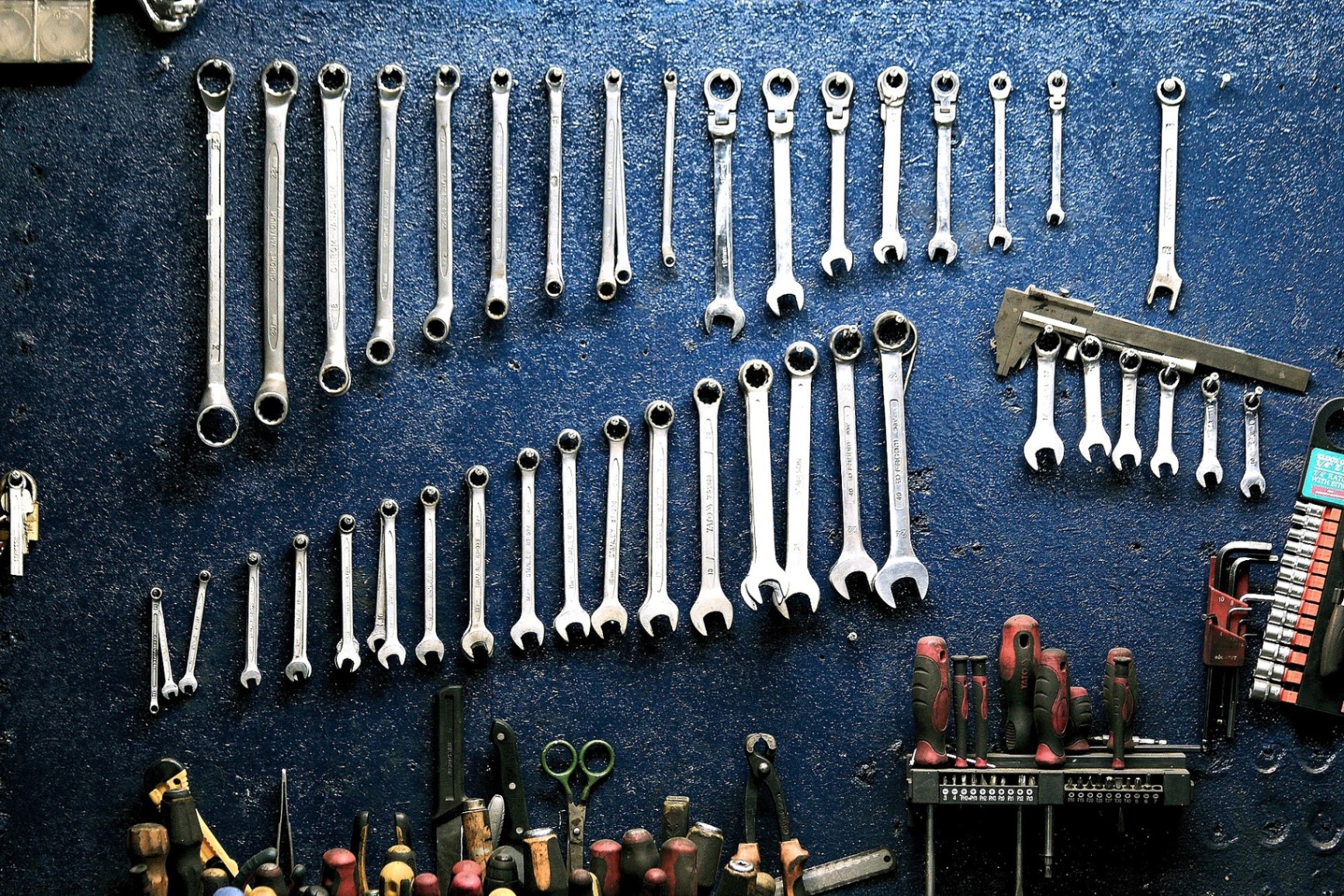
Famous Examples
One of the most legendary Hot Rods is the 1932 Ford Model T, commonly known as "The Deuce". This car has been the basis for countless modifications. Its chassis and engine were perfect for enthusiasts who wanted to create fast, lightweight cars. The Deuce has starred in numerous movies and TV shows, making it an icon of Hot Rod culture.
The Doane Spencer Roadster is another legendary Hot Rod. This 1932 Ford Roadster was modified by Doane Spencer in the 1940s and became one of the most influential Hot Rods of all time. With its clean design and advanced technical modifications, this car won numerous awards and continues to be an inspiration for Hot Rodders worldwide.
Another well-known Hot Rod is the Hirohata Merc, a 1951 Mercury that was modified by Bob Hirohata and Sam Barris. This Hot Rod is famous for its radical and elegant design, which includes a smoothed body, chopped top, and a custom grille. The Hirohata Merc became an icon of the custom style and has been featured in many magazines and car shows.
The ZZ Top Eliminator is a Hot Rod famous not only for its design but also for its connection to music. This 1933 Ford Coupe was modified and featured in the music videos of the band ZZ Top in the 1980s. Its sleek design and powerful engine made it a symbol of the rock and roll and automotive lifestyle. The Eliminator remains a favorite among Hot Rod and music fans.
Culture and Community
Today, the Hot Rod culture remains strong. There are events and gatherings held regularly. Car shows, such as the famous "Grand National Roadster Show" and the "Hot Rod Power Tour," bring together thousands of enthusiasts who share their love for these unique cars. These events are not only an opportunity to showcase cars but also to exchange ideas, techniques, and forge lasting connections.
Many Hot Rodders have been inspired by classic films like "American Graffiti," where Hot Rods play a central role. These films have helped keep the culture and interest in Hot Rods alive.
Although this style began in the United States, its influence has spread worldwide, inspiring enthusiasts in many countries to create their own versions of these iconic cars.
From its humble beginnings on the beaches of California to becoming a cultural icon, Hot Rods have captured the imagination of generations of car enthusiasts. The Hot Rod community keeps this tradition alive, celebrating individuality and innovation at every meet, car show, and custom project. Thank you for joining us on this journey through the world of Hot Rods. Remember, the true essence of tuning lies in freedom of expression and a passion for cars.
Don't miss our next episode, where we'll explore another incredible tuning style that will blow your mind!

